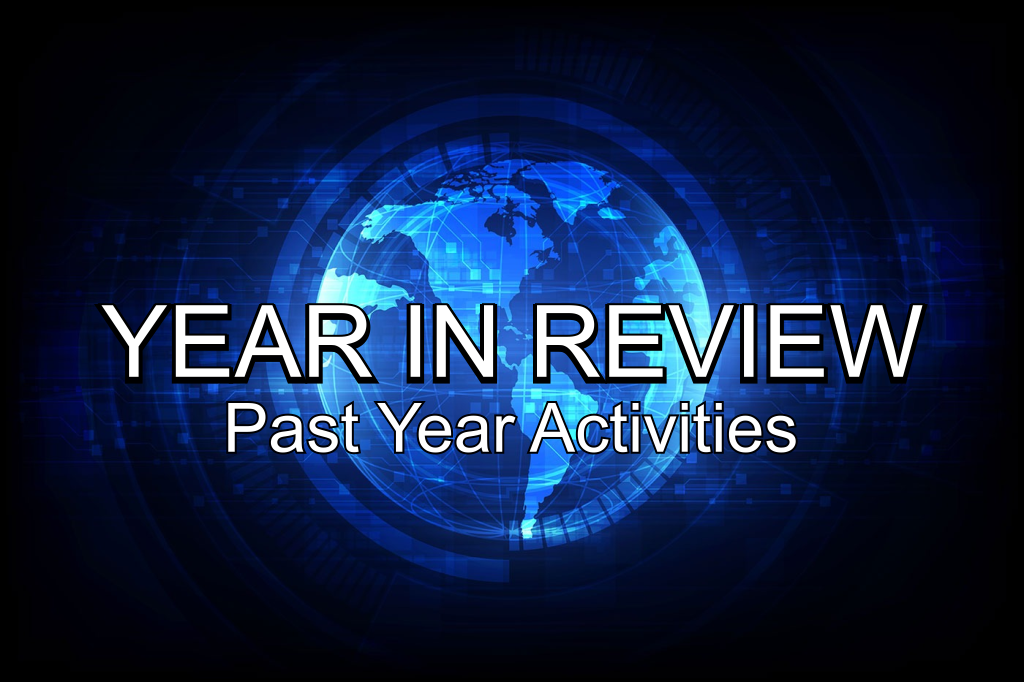SAE Standard for GPS Receivers
At the April 2018 ICNS meeting (Integrated Communications Navigation and Surveillance) as coauthor with Bill Woodward (Chairman, SAE International Aerospace Avionics Systems Division), I presented "NEW INTERFACE REQUIREMENTS: IMPLICATIONS for FUTURE". By "future" we indicate the initiation of a task to conclude with a SAE standard that will necessitate appearance of separate satellite measurements to be included among GPS receiver outputs. Content of the presentation includes flight-validated dramatic improvements in multiple facets applicable to air traffic control (e.g., reduction in area of uncertainty at closest approach, by factors on the order of a million; major enhancement of achievable integrity, availability, etc.) — accessible from public domain with no requirements for scientific breakthroughs or new inventions. All benefits are derived from exploiting capabilities that have been available for decades, by discarding outdated practices devised largely to accommodate limitations in yesteryear’s provisions.
Although my writings for years expressed advocacy for these dormant advantages, concrete action was limited to embedded (often proprietary, inflexible) systems plus a modest number of scattered ventures, rather than widespread acceptance offering high accuracy at low cost. Dominance of simplified methods with huge performance penalty continues to this day, despite urgent need to cope with challenges to satellite navigation. For release from this “grip-of-inertia” a standard will mandate presence of individual satellite measurements at receiver output interfaces. The most obvious effect, ability to make use (finally !) of partial data, is only the beginning of a benefit list; advances in main pillars of performance criteria (accuracy, availability, integrity, and continuity) can be intense enough to reconsider some definitions.
Enhancements will materialize not only in aircraft — in air or on ground — but in maritime operation and land vehicles as well, whether manned or unmanned. Future extensions could involve other sensors. The purpose is empowerment of users through removal of constraints currently inhibiting robustness/resilience. Immediately it is acknowledged — none of this will matter without victory in another area: security. The battle of the spectrum and subsequent authentication must be won first. As I noted in an earlier forum , everything I’ve advocated all this time is not a replacement for but a recommended addition to that important work. As satnav cannot exist without authentic data, it cannot be resilient without raw data.










